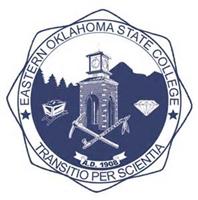What do they do?
Cut, trim, or prepare consumer-sized portions of meat for use or sale in retail establishments.
Also known as:
Butcher, Meat Butcher, Meat Clerk, Meat Cutter, Meat Specialist, Meat Wrapper
-
0.4%
Change
Ranks #47 in job growth rate610Job Openings
Ranks #6 in net job growth
Looking for colleges that offer a specific major? Use the College Match Tool to find your best-matched schools and discover your estimated Net Price!
- High school diploma equivalent (43%)
- Less than high school diploma (28%)
- Some college, no degree (19%)
- Associate's degree (5%)
- Bachelor's degree (4%)
- Master's degree (1%)
- Doctorate or Professional Degree (<1%)
People in this career often know a lot about:
- Customer and Personal Service - Knowledge of principles and processes for providing customer and personal services. This includes customer needs assessment, meeting quality standards for services, and evaluation of customer satisfaction.
- Food Production - Knowledge of techniques and equipment for planting, growing, and harvesting food products (both plant and animal) for consumption, including storage/handling techniques.
- Production and Processing - Knowledge of raw materials, production processes, quality control, costs, and other techniques for maximizing the effective manufacture and distribution of goods.
People in this career often do these activities:
- Prepare meat products for sale or consumption.
- Mark products, workpieces, or equipment with identifying information.
- Weigh finished products.
- Cut meat products.
- Inspect food products.
- Calculate costs of goods or services.
- Collect payments for goods or services.
- Estimate material requirements for production.
- Order materials, supplies, or equipment.
- Record operational or production data.
- Direct operational or production activities.
- Load items into ovens or furnaces.
- Confer with customers or designers to determine order specifications.
This page includes data from:

 Occupation statistics: USDOL U.S. Bureau of Labor Statistics Occupational Employment Statistics
Occupation statistics: USDOL U.S. Bureau of Labor Statistics Occupational Employment Statistics
 Videos: CareerOneStop, USDOL/ETA and the Minnesota Department of Employment & Economic Development
Videos: CareerOneStop, USDOL/ETA and the Minnesota Department of Employment & Economic Development






